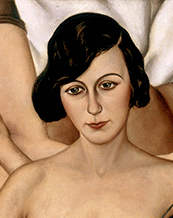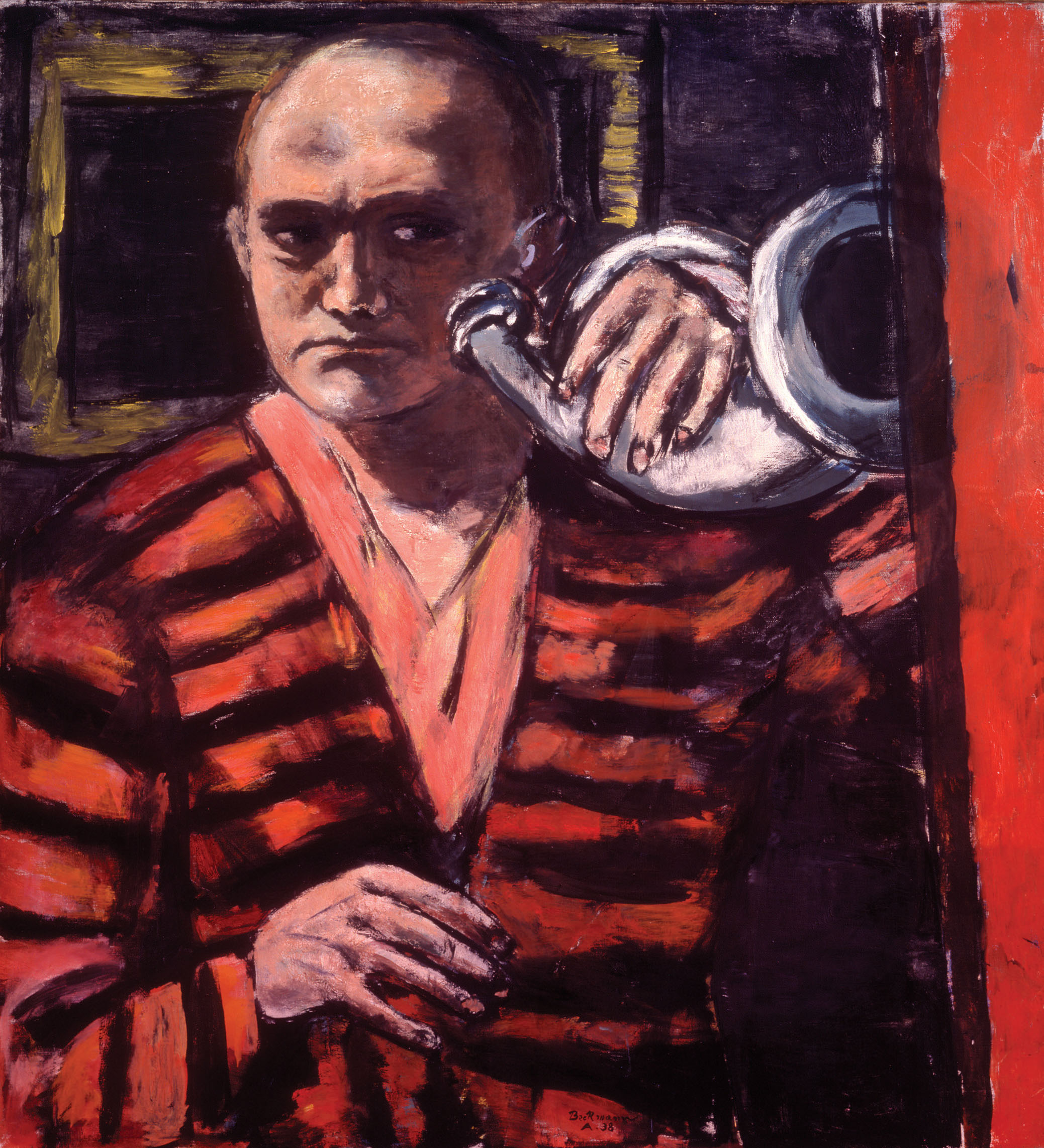An exhibition of major works of Austrian and German fine art and design from the permanent collection, "Modern Worlds: Austrian and German Art, 1890–1940” underscores the Neue Galerie’s unique mission to bring a sense of perspective back to Germanic culture of this period, and to make the best of this work available to American and other audiences for both scholarly and aesthetic inquiry. The presentation, organized in celebration of the twentieth anniversary of the founding of Neue Galerie New York, will fill the entirety of its landmark Museum Mile building. The opening of this exhibition will offer visitors access to all of the galleries for the first time since March 2020, when the Neue Galerie, along with museums in New York and around the world, shuttered in response to the pandemic.
AUSTRIAN ART
Highlights from the museum’s Austrian collection will be featured on the second floor, including

Carl Moll’s 1905 White Interior, to be displayed for the first time at the Neue Galerie. White Interior is a remarkable painting that vividly evokes the world of Vienna 1900. It encapsulates various aspects of that era, including the fascination with the arts of Japan and a desire to unite art and life in a cohesive whole. The work even encompasses fashion as the woman portrayed, Berta Zuckerkandl (née Szeps), poses in an artistic reform dress. It is an early depiction of a Gesamtkunstwerk, or total-work-of-art, environment in the style of Josef Hoffmann.
The Neue Galerie is renowned for significant paintings by Gustav Klimt.
Klimt’s 1907 masterpiece Portrait of Adele Bloch-Bauer I and related preparatory sketches will be on view, as well as various landscapes the artist painted during the summer months spent on the Attersee, including the 1914 Forester’s House in Weissenbach I.
Egon Schiele will also be prominently represented with a rich selection of his tour-de-force works on paper.
Egon Schiele (1890–1918), Town among the Greenery (The Old City III), 1917, oil on canvas. Neue Galerie New York, in memory of Otto and Marguerite Manley, given as a bequest from the Estate of Marguerite Manley. Photo: Hulya Kolabas for Neue Galerie New York. |
The late canvas from 1917, Town among the Greenery (The Old City III), is another important highlight and atypical for the inclusion of figures in the landscape. Alongside Schiele’s work, an array of Expressionist canvases by his peers, Richard Gerstl and Oskar Kokoschka, underscore the radical efforts by these artists to reconceive the approach to formal portraiture.
In the decorative arts, works made by the Wiener Werkstätte (Vienna Workshops, 1903–32) are another strength. Rare designs by Josef Hoffmann, Koloman Moser, and Dagobert Peche will be shown in an array of media. Especially noteworthy is a group of unique jeweled and almost painterly objects by Hoffmann, including a 1912 tobacco case once owned by collector Otto Primavesi.
GERMAN ART
Simultaneous with the Austrian Expressionist movement, avant-garde initiatives occurred in Germany in the Brücke (Bridge) and Blaue Reiter (Blue Rider) groups with groundbreaking results realized vis-à-vis the use of color and form. Works by German artists from the collection will be presented on the third floor.
Prominent examples of work by Brücke artists will be on view, including
Ernst Ludwig Kirchner’s 1914–15 Berlin Street Scene,
and Karl Schmidt-Rottluff’s 1910 Landscape with Houses and Trees (Dangast before the Storm).
For the Blaue Reiter,
Vasily Kandinsky’s Murnau: Street with Women of 1908,
The Neue Sachlichkeit (New Objectivity) movement is also addressed with notable selections, such as works by
Otto Dix, including the 1921 Portrait of the Lawyer Dr. Fritz Glaser,
.jpg?w=1)
George Grosz’s 1926 John Förste, Man with Glass Eye,
and Christian Schad’s 1928 Two Girls.
Also
Max Beckmann (1884–1950), Self-Portrait with Horn, 1938, oil on canvas. Neue Galerie New York and Private Collection. © 2021 Artists Rights Society (ARS), New York. Copyright © 2021 Neue Galerie New York.
The diversity of the artwork associated with the Bauhaus is vividly illustrated in the canvases of
Lyonel Feininger, such as his 1925 The Blue Cloud, Paul Klee’s 1925 Mystical-Ceramic (in the Manner of a Still-Life), László Moholy-Nagy’s A XI of 1923, and Oskar Schlemmer’s 1929 Five Nudes.
In the decorative arts, iconic designs by Bauhaus artists, such as Theodor Bogler, Marianne Brandt, Marcel Breuer, Ludwig Mies van der Rohe, and Wilhelm Wagenfeld confirm the prestigious legacy of the school, its faculty, and its students.






